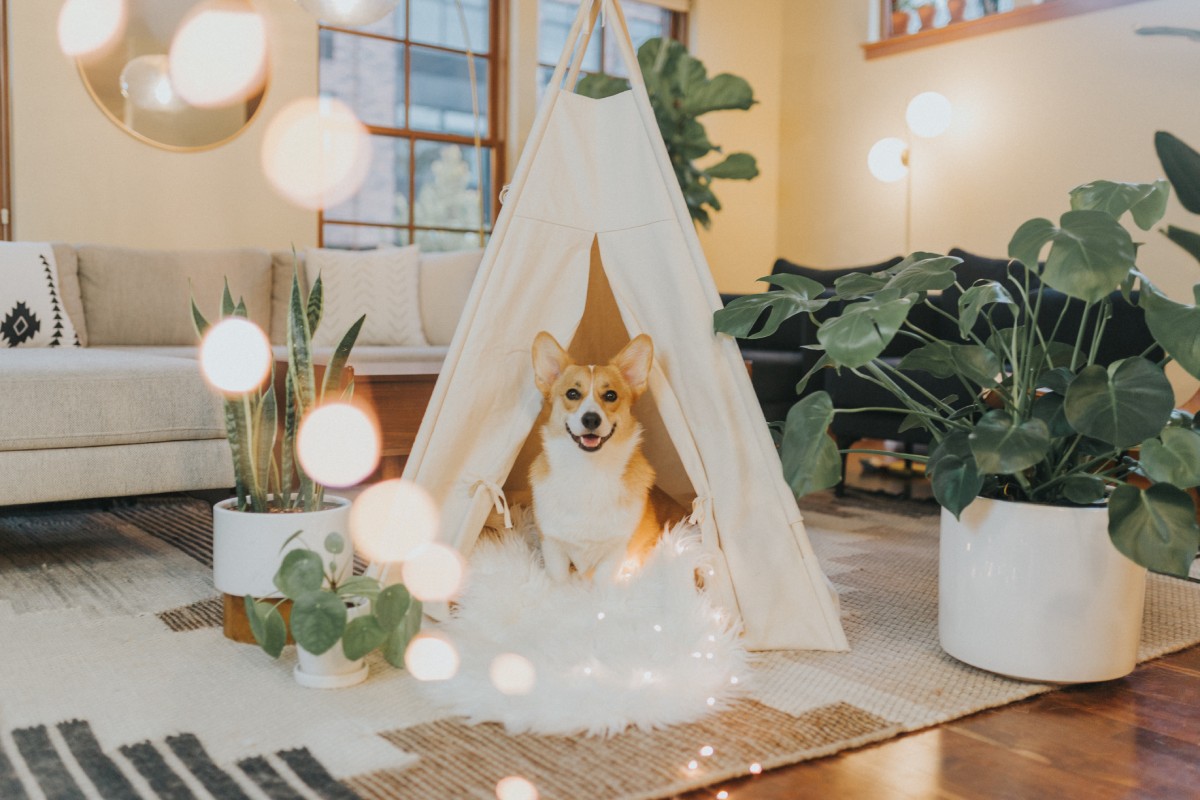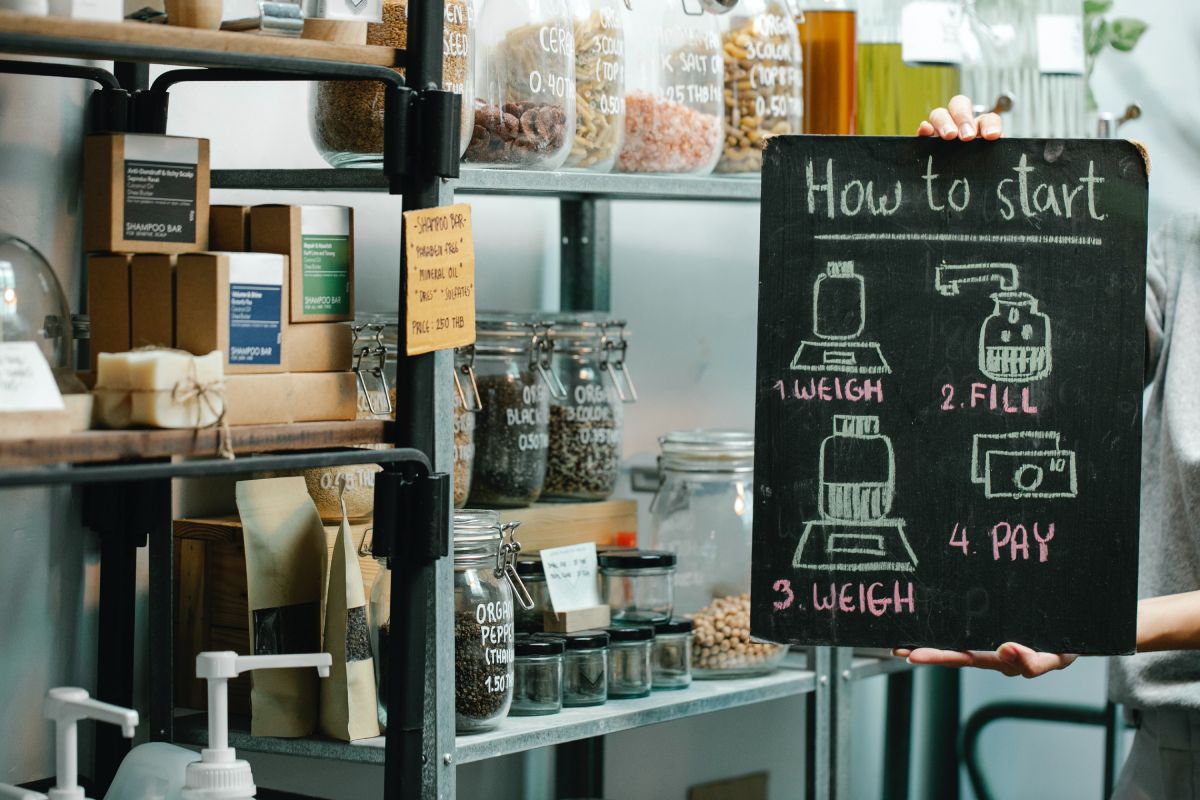Introduction
Today, as responsible pet owners, we face an often-overlooked challenge - plastic waste in pet care. As our love for our furry friends grows, so does the pet care industry and the associated environmental issues. This introductory section will guide you through the problem of plastic waste in pet care, its impact on the environment, and the importance of addressing this issue.
Definition of the Problem: Plastic Waste in Pet Care
As pet owners, we buy many products, from food containers to toys, waste bags to grooming products. Unfortunately, many of these items are plastic-based, designed for convenience and longevity. The problem arises when these items end their life span and become waste. A significant proportion of this waste is not biodegradable, remaining intact for hundreds of years, causing significant environmental harm.
The Impact of Plastic Waste on the Environment
Plastic waste, especially that derived from pet care, has a staggering impact on our environment. Plastic doesn’t decompose; instead, it breaks down into smaller pieces known as microplastics, infiltrating various ecosystems. These microplastics find their way into our soil, rivers, and oceans, impacting wildlife, plant life, and human health. Furthermore, producing plastic items contributes to climate change by releasing greenhouse gases during manufacturing.
Why It’s Important to Address This Issue
Addressing the issue of plastic waste in pet care is not merely a matter of environmental ethics; it’s a necessity for the future of our planet. With millions of pets worldwide, the amount of plastic waste generated by pet care is substantial. Adopting more sustainable practices can significantly reduce this waste, contributing to broader waste reduction and environmental conservation efforts. Moreover, transitioning to sustainable pet care alternatives creates a market demand for more eco-friendly products, encouraging companies to innovate and reduce their environmental footprint.
In the upcoming sections, we will explore eco-friendly alternatives, waste management strategies, and tips to lessen your pet’s environmental paw print. So let’s step forward into a greener future together, creating a safe and healthy environment for our pets and ourselves.
Understanding the Scale of the Problem
Gaining a clear understanding of the magnitude of plastic waste in pet care is the first step in combating the problem. In this section, we’ll delve into the pet care industry’s plastic usage, break down where this waste comes from, and discuss the environmental impact of our choices.
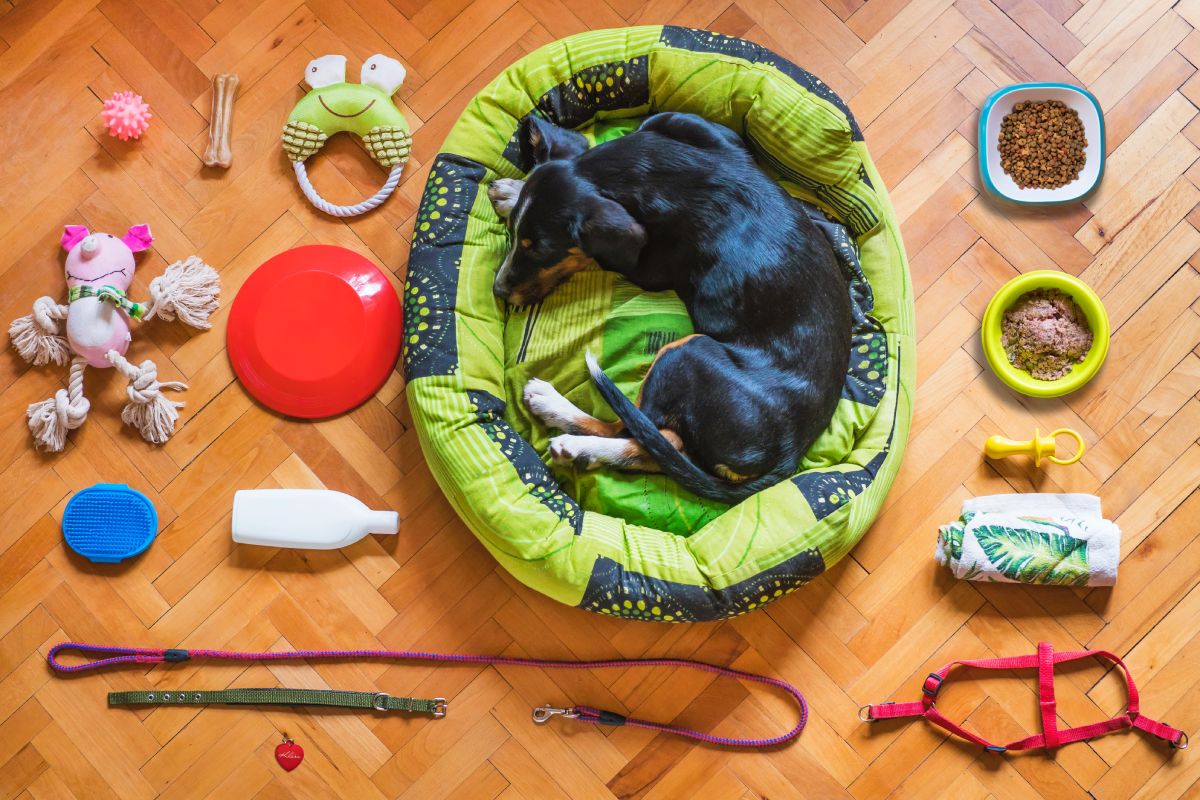
The Pet Care Industry and Plastic Use
In the pet care industry, plastic is ubiquitous. Plastic has been the material of choice from food packaging and toys to pet care accessories like collars, leashes, and litter boxes due to its durability and cost-effectiveness. However, this convenience comes at a cost. The United Nations Environment Programme estimates that around 300 million tons of plastic waste are produced yearly, with a significant portion attributed to the pet care industry. This high level of plastic consumption translates into considerable waste that eventually ends up in our landfills and oceans.
Breakdown of Plastic Waste in Pet Care
When we think about plastic waste in pet care, it’s important to consider all the different areas where it accumulates. A significant contributor is pet food packaging, often made from hard-to-recycle materials. Toys, typically made from durable plastics, are another important source of waste once they’re chewed and worn out. Accessories like collars, leashes, and waste bags add to this tally. Finally, pet hygiene products such as shampoo bottles and litter liners further contribute to this growing issue.
How Our Choices Impact the Environment
Our choices as consumers have a profound impact on the environment. Every plastic item we purchase for our pets carries a hidden ecological cost. Each step contributes to environmental degradation and climate change, from the extraction of fossil fuels needed for plastic production to the energy consumed during manufacturing and, finally, the waste accumulating when these items are discarded. Additionally, plastic waste often ends up in our oceans, posing a threat to marine life.
Understanding the scale of the problem is the first step in taking action. By acknowledging the significant role that the pet care industry plays in plastic waste generation, we can begin to make informed decisions and seek out more sustainable alternatives. The next sections will delve into practical, eco-friendly solutions that can help us reduce the plastic footprint of our beloved pets.
Eco-Friendly Alternatives to Plastic in Pet Care
As consumers, our power lies in the choices we make. Shifting towards sustainable alternatives can significantly reduce the plastic waste our pet care habits produce. This section will explore several eco-friendly options that serve as excellent replacements for their plastic counterparts.
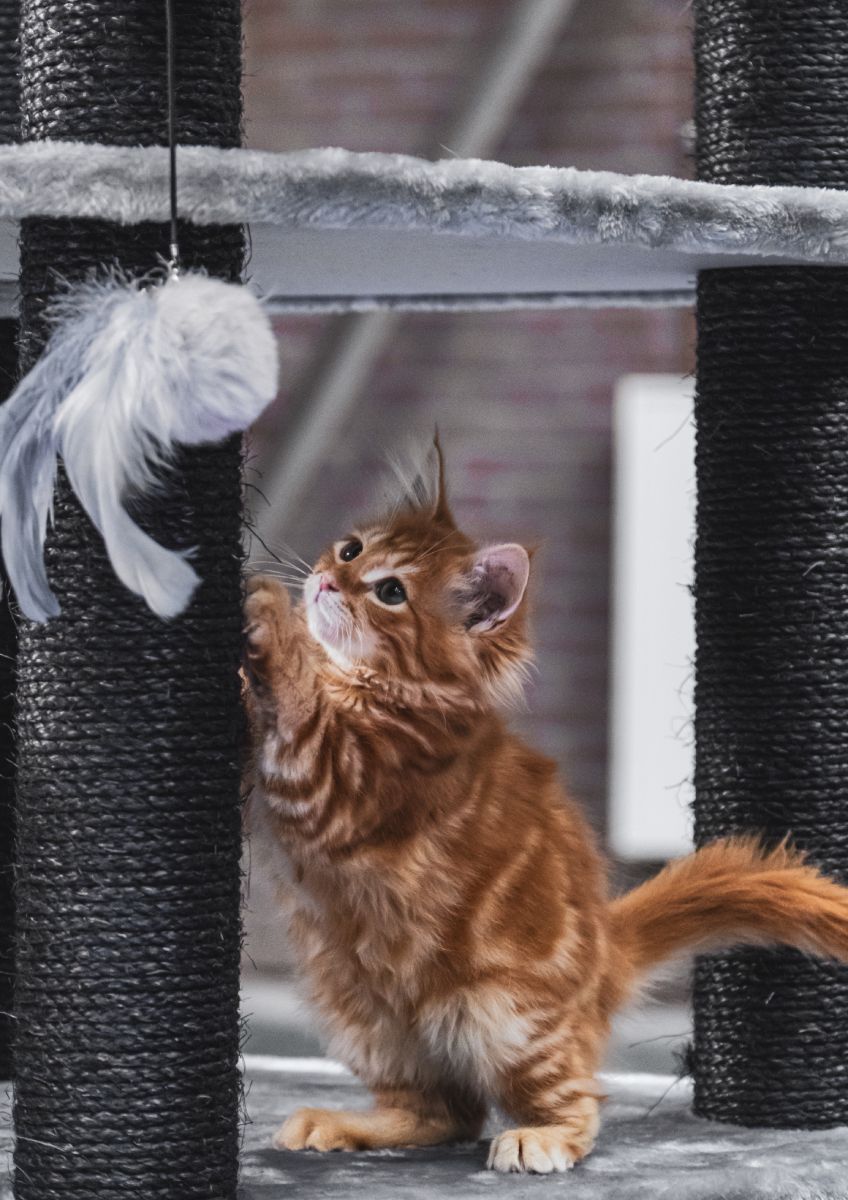
Sustainable Pet Food Packaging
One major source of plastic waste in pet care comes from pet food packaging. However, numerous pet food companies are stepping up to address this issue by offering products in sustainable packaging. For instance, some brands utilize biodegradable or compostable bags. In contrast, others offer bulk buying options where you can refill your reusable containers. Another innovative approach involves using plant-based bio-plastics, which, unlike conventional plastic, can be composted at the end of their life. As a consumer, consider these more sustainable options the next time you shop for pet food.
Eco-Friendly Pet Toys
Often made from durable plastics, pet toys can also contribute significantly to plastic waste. But here, too, we have sustainable alternatives. Numerous pet toys are available made from natural, biodegradable materials like hemp, cotton, or rubber. Other companies focus on producing toys from recycled materials, thus reducing waste and giving a new life to discarded items. Some manufacturers go a step further, designing their toys to be easily disassembled into parts, making them easier to recycle when your pet has tired of them.
Biodegradable Waste Bags
One essential pet care item for dog owners is the poop bag, and conventional bags contribute significantly to plastic waste. Fortunately, there are now many alternatives available that are more environmentally friendly. Biodegradable waste bags, often made from plant-based materials like cornstarch, are designed to break down much faster than conventional plastic. Compostable bags are another option, especially for pet owners with access to industrial composting facilities. Both options help reduce plastic waste and are becoming more widely available.
The shift towards sustainable pet care takes time to happen. It starts with making conscious choices, one step at a time. By opting for sustainable pet food packaging, eco-friendly pet toys, and biodegradable waste bags, we can reduce our pets’ plastic footprint and positively impact our planet. The subsequent sections will explore other practical steps to reduce plastic waste in pet care.
Sustainable Pet Food Choices
The choice of pet food we make impacts our pet’s health and our planet’s well-being. This section will focus on sustainable pet food choices, emphasizing how to reduce plastic waste and support eco-friendly practices.
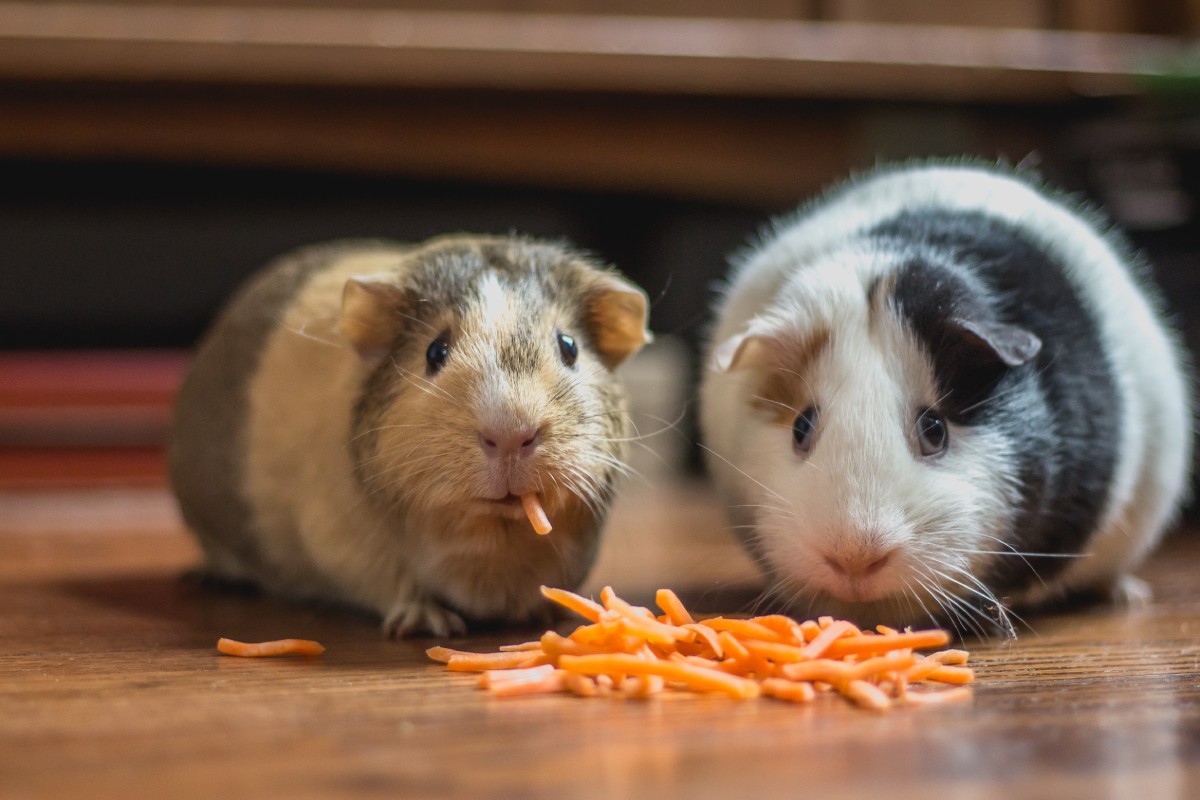
The Importance of Sustainable Pet Food
Pet food, like human food, comes with an environmental footprint. The ingredients, their sourcing, the manufacturing process, and packaging all have impacts. A sustainable pet food choice can mean selecting brands that use responsibly sourced ingredients, prioritize animal welfare, and reduce carbon emissions in their production processes. Choosing sustainable pet food supports our pet’s health and contributes to a healthier planet.
Choosing Brands with Eco-friendly Packaging
The packaging of pet food is a significant contributor to plastic waste. Thus, selecting brands committed to eco-friendly packaging is a practical step towards reducing this waste. These brands may use biodegradable, compostable, or recyclable materials for their packaging. Some also provide refillable options where you can use your containers, eliminating the need for single-use plastic. When shopping for pet food, look for clear labeling about the packaging’s disposal to make an informed choice.
DIY Pet Food: Reducing Packaging Waste
Making your pet food is another method to reduce packaging waste. While it’s crucial to ensure your food meets your pet’ s nutritional needs (always consult a vet), DIY pet food allows you to control the ingredients and avoid unnecessary packaging. You can buy ingredients in bulk, choose products with less packaging, and even use parts of food that might otherwise go to waste. Homemade pet food reduces reliance on commercially packaged products, thus minimizing plastic waste.
Remember, every effort counts when it comes to reducing plastic waste. You’re taking significant strides in the right direction by understanding the importance of sustainable pet food, choosing brands with eco-friendly packaging, and even making your pet food. Continue reading to discover more ways to integrate sustainability into your pet care routine.
Waste Management in Pet Care
Managing waste effectively is a significant aspect of sustainable pet care. Pet care activities generate waste, from pet food packaging to pet toys and waste products. This section will discuss various strategies for managing these waste streams effectively, emphasizing the importance of proper disposal, exploring the possibility of composting pet waste, and highlighting ways to reuse and recycle pet care products.

Proper Disposal of Pet Waste
One of the most significant contributors to pet care waste is pet waste. Improper disposal can lead to environmental contamination and the spread of diseases. Using biodegradable pet waste bags is a better alternative to traditional plastic bags, which can take hundreds of years to decompose. Moreover, flushing cat litter down the toilet is not recommended as it can clog sewer systems and potentially introduce harmful pathogens into waterways.
Composting Pet Waste: Is It Possible?
Composting pet waste is a contentious issue. While it seems like a natural solution to reduce plastic bag use, it can be risky. Pet waste can carry diseases that harm humans and might not be destroyed during composting. However, some specially designed pet waste composters and enzymes can safely break down the waste without the risk of disease. If considering this method, it’s crucial to research and never use this compost for edible plants.
Reusing and Recycling Pet Care Products
Pet care products, including toys, bedding, and feeding bowls, often come in plastic packaging or are made from plastic. Finding ways to reuse these products can help reduce waste. For instance, plastic containers can be repurposed into storage bins, or old toys can be donated to shelters. Furthermore, look for pet care products made from recyclable materials and ensure that they are disposed of correctly when their life cycle ends.
In conclusion, managing pet care waste responsibly plays a crucial role in creating a sustainable pet care routine. Each step, from correctly disposing of pet waste, and considering composting options to reusing and recycling pet products, brings us closer to a more sustainable and plastic-free pet care routine.
Reducing Waste in Pet Grooming
Pet grooming is an essential part of pet care, but it’s often overlooked as a significant source of plastic waste. From shampoo bottles to grooming tools, the grooming process can produce considerable waste. This section will explore ways to reduce waste and promote sustainability in pet grooming, focusing on eco-friendly shampoos and conditioners, biodegradable wipes, and sustainable grooming tools.
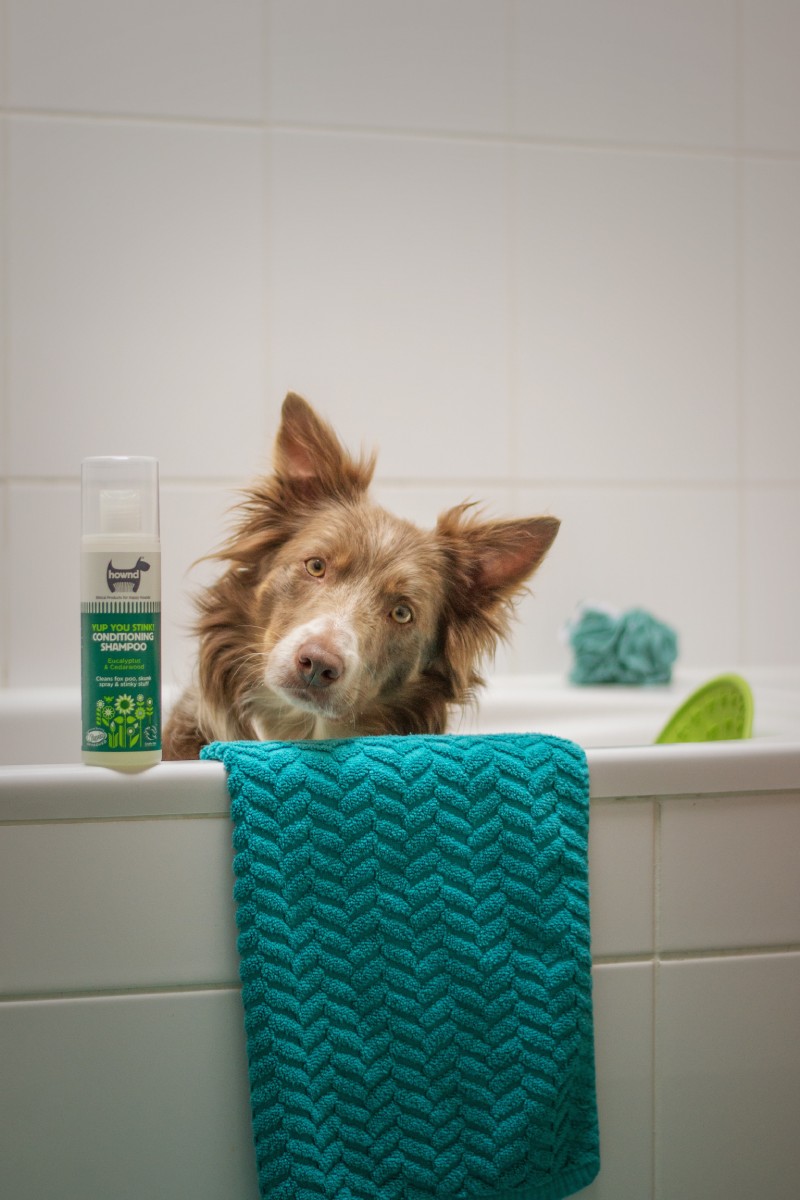
Eco-Friendly Shampoos and Conditioners
When grooming your pet, your products can have a significant environmental impact. Many commercial pet shampoos and conditioners come in plastic bottles and contain chemicals that can harm aquatic life once they wash down the drain. By choosing eco-friendly shampoos and conditioners, you’re choosing products that not only come in sustainable packaging but also use natural ingredients that are gentler on your pet’s skin and safer for the environment.
Biodegradable Grooming Wipes
For quick clean-ups between baths, many pet owners use pet grooming wipes. Unfortunately, like most wet wipes, they often contain plastic and don’t decompose, leading to environmental problems. Biodegradable grooming wipes offer an excellent alternative. These wipes are usually made from natural fibers and decompose quickly after disposal, reducing their environmental impact.
Sustainable Grooming Tools
The tools used for pet grooming, such as brushes and clippers, can also contribute to plastic waste. Consider replacing plastic grooming tools with more sustainable options. For example, choose brushes with bamboo handles and natural bristles or clippers made from recycled materials. Also, consider investing in high-quality grooming tools that will last longer, reducing the need for frequent replacements.
To conclude, adopting sustainable grooming practices can significantly reduce plastic waste in pet care. Pet owners can significantly reduce their pets’ environmental paw print by making conscious choices, such as opting for eco-friendly shampoos and conditioners, biodegradable wipes, and sustainable grooming tools. Every small step brings us closer to a more sustainable, waste-free pet care routine.
Encouraging Pet Care Companies to Go Green
As consumers, we have a powerful voice driving the market toward sustainability. This section discusses how pet owners can influence pet care companies to adopt more environmentally-friendly practices. We will discuss the impact of consumer demand, the importance of supporting brands that prioritize sustainability, and the role of advocacy and petitions in driving sustainable practices in the pet care industry.
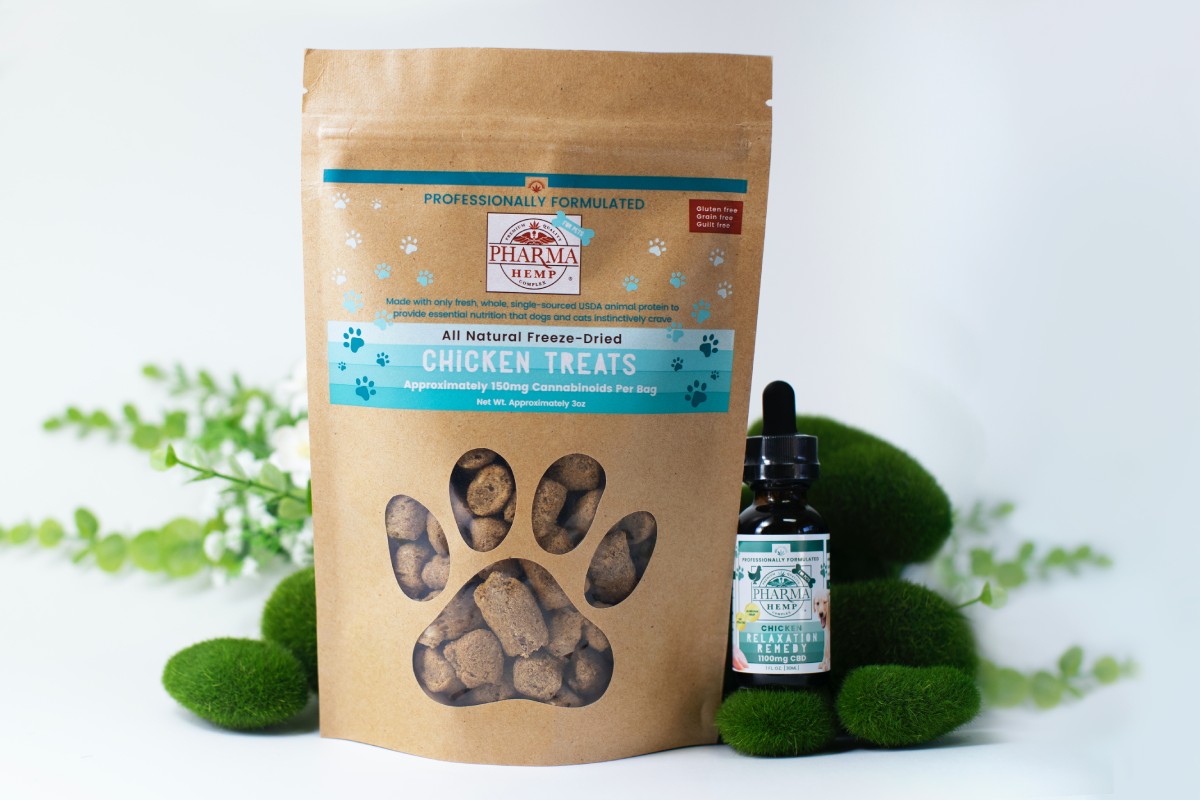
The Power of Consumer Demand
Consumer demand plays a crucial role in shaping the policies and practices of companies. When consumers begin to prioritize sustainability and demand eco-friendly products, companies have a strong incentive to meet that demand. By purchasing pet care products from companies that prioritize sustainability, consumers can send a powerful message about the importance of environmental responsibility.
Supporting Brands That Prioritize Sustainability
One of the most effective ways to encourage pet care companies to go green is to support those that already do actively. Companies prioritizing sustainability in their business practices, product design, and packaging should be acknowledged and rewarded. Look for brands that use eco-friendly materials, prioritize recycling, and adopt ethical sourcing and manufacturing practices. Supporting such brands contributes to reducing plastic waste and encourages other companies to follow suit.
Advocacy and Petitioning for Sustainable Practices
Beyond consumer behavior, active advocacy is a potent tool for driving change in industry practices. Pet owners can join or start campaigns urging pet care companies to adopt more sustainable practices. This can include signing and sharing petitions, writing to companies to express concerns or request changes, and using social media to raise awareness and hold companies accountable. Advocacy efforts can effectively influence company policies and promote industry-wide change.
In conclusion, every pet owner can play a part in encouraging pet care companies to adopt greener practices. By harnessing the power of consumer demand, supporting sustainable brands, and engaging in advocacy, we can help drive significant change in the pet care industry and contribute to a more sustainable future.
Creating a Sustainable Pet Care Routine
Sustainability isn’t just about the big decisions—it’s also about the small, everyday habits that add up over time. Establishing a sustainable pet care routine is a manageable and impactful way to lessen your environmental footprint. This section will explore daily habits for sustainable pet care, how to incorporate zero-waste principles, and provide tips for maintaining a sustainable routine.

Daily Habits for Sustainable Pet Care
Sustainable pet care begins with our everyday routines. Simple changes can make a significant impact, like choosing to pick up your pet’s waste with biodegradable bags or opting for pet food in recyclable packaging. Opt for eco-friendly grooming products that don’t harm the environment once they go down the drain. Consider walking or biking to the pet store to reduce carbon emissions. By incorporating these sustainable practices into your daily pet care routine, you are making a meaningful contribution to the well-being of our planet.
Incorporating Zero Waste Principles into Pet Care
The concept of zero waste can extend to pet care, too. It involves making conscious choices to reduce, reuse, and recycle, thereby minimizing landfill waste. For instance, consider buying pet food and treats in bulk to reduce packaging waste. Opt for pet toys made from natural, biodegradable materials instead of plastic ones. You can also explore DIY options for pet care items like beds or toys, using materials already available at home. Finally, consider composting pet hair or waste as a zero-waste pet care routine.
Tips for Maintaining a Sustainable Pet Care Routine
Maintaining a sustainable pet care routine might seem daunting initially, but with a few tips, it becomes easier. First, start small—making one change at a time can prevent overwhelming feelings. Second, research to find the best eco-friendly alternatives available to you. Not all “green” products are created equal, and selecting those with genuine environmental benefits is essential. Lastly, be patient with yourself. Sustainable living is a journey, not a destination, and every step towards reducing your pet’s environmental paw-print is a step in the right direction.
Adopting a sustainable pet care routine isn’t just beneficial for the planet. It can be rewarding and fulfilling for you and your pet. By making conscious, eco-friendly choices each day, you can significantly impact reducing plastic waste in pet care.
How Veterinarians and Pet Care Professionals Can Help
Professionals in the pet care industry have a unique opportunity to influence and promote sustainable practices. From the operations of veterinary clinics to the advice given to pet owners, their role in mitigating plastic waste in pet care is invaluable. This section will explore how veterinary clinics can adopt sustainable practices, the role of other pet care professionals, and the importance of educating pet owners.
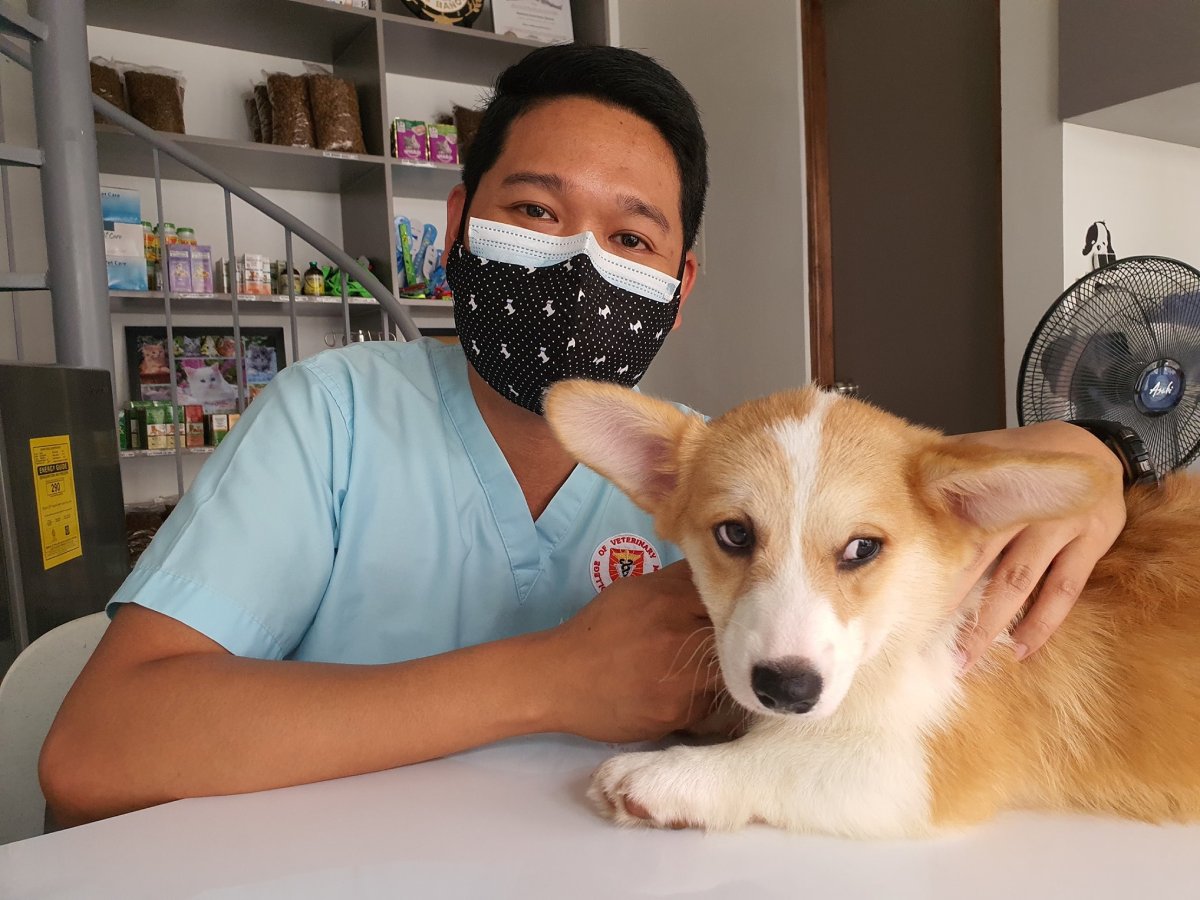
Veterinary Clinics and Sustainability
Veterinary clinics are central to pet care, and their commitment to sustainability can have a substantial impact. Clinics can opt for digital records to reduce paper waste, recycle where possible, and dispose of medical waste responsibly. Furthermore, they can choose suppliers who prioritize eco-friendly packaging, reducing plastic waste generated. In addition, clinics can install energy-efficient lighting and heating systems and use water wisely, further contributing to their sustainability goals.
Sustainable Practices for Pet Care Professionals
Other pet care professionals, such as groomers and pet sitters, also have a part to play in promoting sustainability. These professionals can use eco-friendly shampoos and grooming products, choose biodegradable waste bags, and recycle as much as possible daily. Pet sitters can also promote sustainable practices, for example, by ensuring pets under their care are fed sustainably sourced food and using public transport or carpooling to reduce carbon emissions.
Educating Pet Owners about Sustainable Practices
One of the most crucial roles pet care professionals can play is educating pet owners about sustainable practices. This can be achieved through informative discussions, providing literature, or organizing workshops and seminars. Professionals can guide pet owners to make informed decisions about the products they purchase and the practices they adopt. By highlighting the importance of sustainability in pet care, they can influence a significant shift toward more eco-friendly habits.
In conclusion, veterinarians and pet care professionals are uniquely positioned to make a meaningful impact on plastic waste in pet care. Through their sustainable practices and educating pet owners, they can inspire and facilitate significant change in the industry and beyond.
Conclusion
As we conclude this comprehensive exploration of sustainable solutions for plastic waste in pet care, it’s clear that this issue is both significant and solvable. We’ve delved into the scope of the problem, investigated the available alternatives, and discussed the role each of us can play. Now, let’s recap the main points, give a glimpse into the future of sustainability in the pet care industry, and encourage further action.

Recap: Sustainable Solutions for Plastic Waste in Pet Care
We began by identifying the scale of the problem, revealing how pet care contributes to plastic waste and its negative impact on the environment. We then highlighted eco-friendly alternatives emerging in the market, covering areas like pet food packaging, toys, and waste bags.
We discussed sustainable pet food choices, waste management, and how to reduce waste in pet grooming. The power of consumer demand was emphasized, as supporting green brands can steer the industry towards more sustainable practices. Tips for creating a sustainable pet care routine were shared, and we underlined how veterinarians and pet care professionals can help educate and advocate for sustainable practices.
The Future of Sustainability in the Pet Care Industry
The pet care industry’s future appears promising from a sustainability perspective. As consumer awareness grows and demand for eco-friendly products increases, we anticipate a continued shift toward sustainable practices within the industry. Technological advancements will also significantly reduce plastic waste, from innovative product designs to more efficient manufacturing processes.
Encouraging Readers to Adopt Sustainable Pet Care Practices
Finally, we urge you, our readers, to actively adopt sustainable pet care practices—every decision matters, from the choice of pet food to the disposal of pet waste. Remember, small steps can lead to big changes, and we can make a difference.
Embrace the challenge of turning your pet care routine into a model of sustainability for the love of your pets and our planet. This is not merely about making a choice but committing to a healthier, safer environment.
In closing, tackling plastic waste in pet care may seem daunting. Still, as we have seen, numerous practical and effective solutions are available. By implementing sustainable practices and supporting eco-friendly options, we can help ensure that our beloved pets’ care does not come at the cost of our planet’s health.


